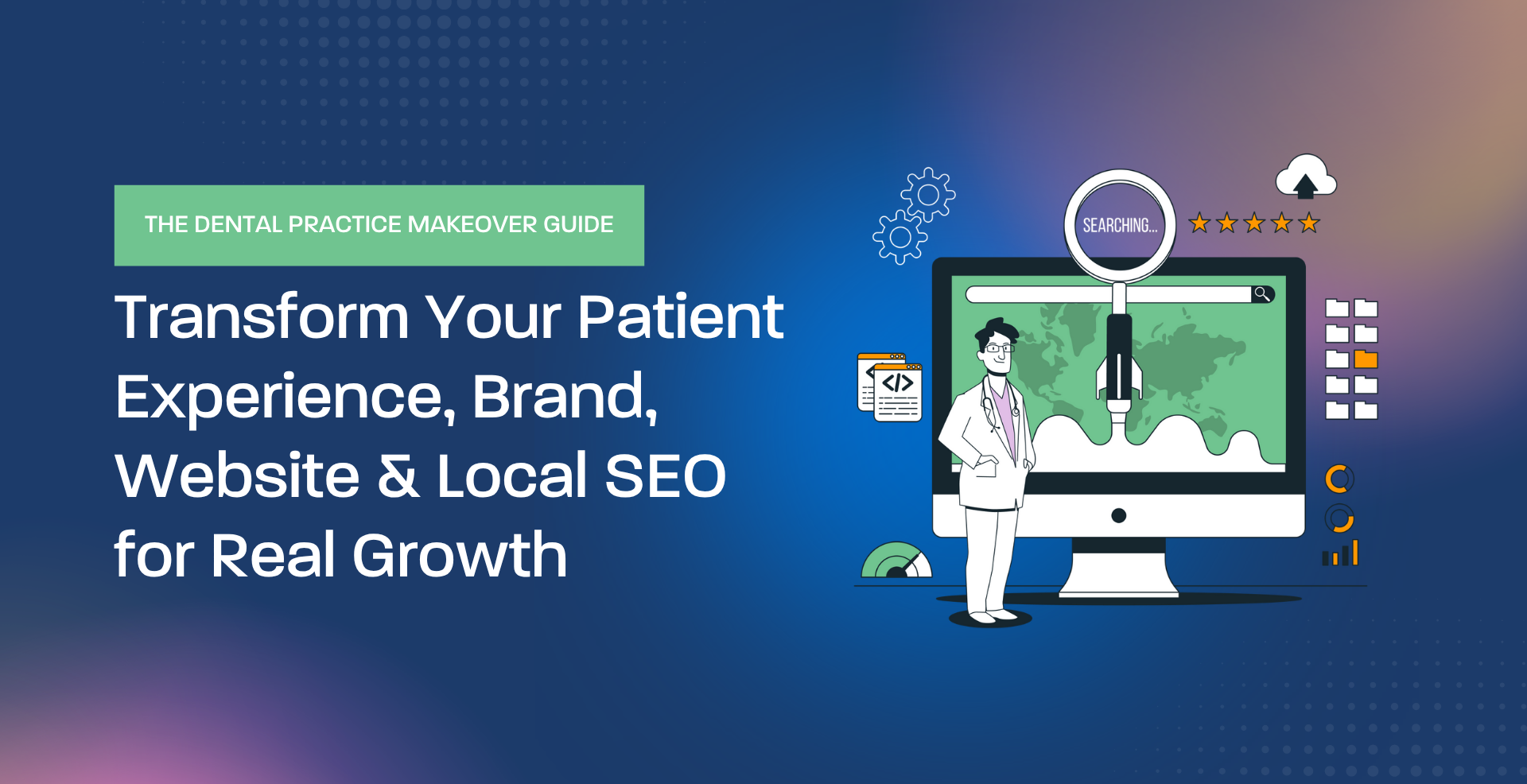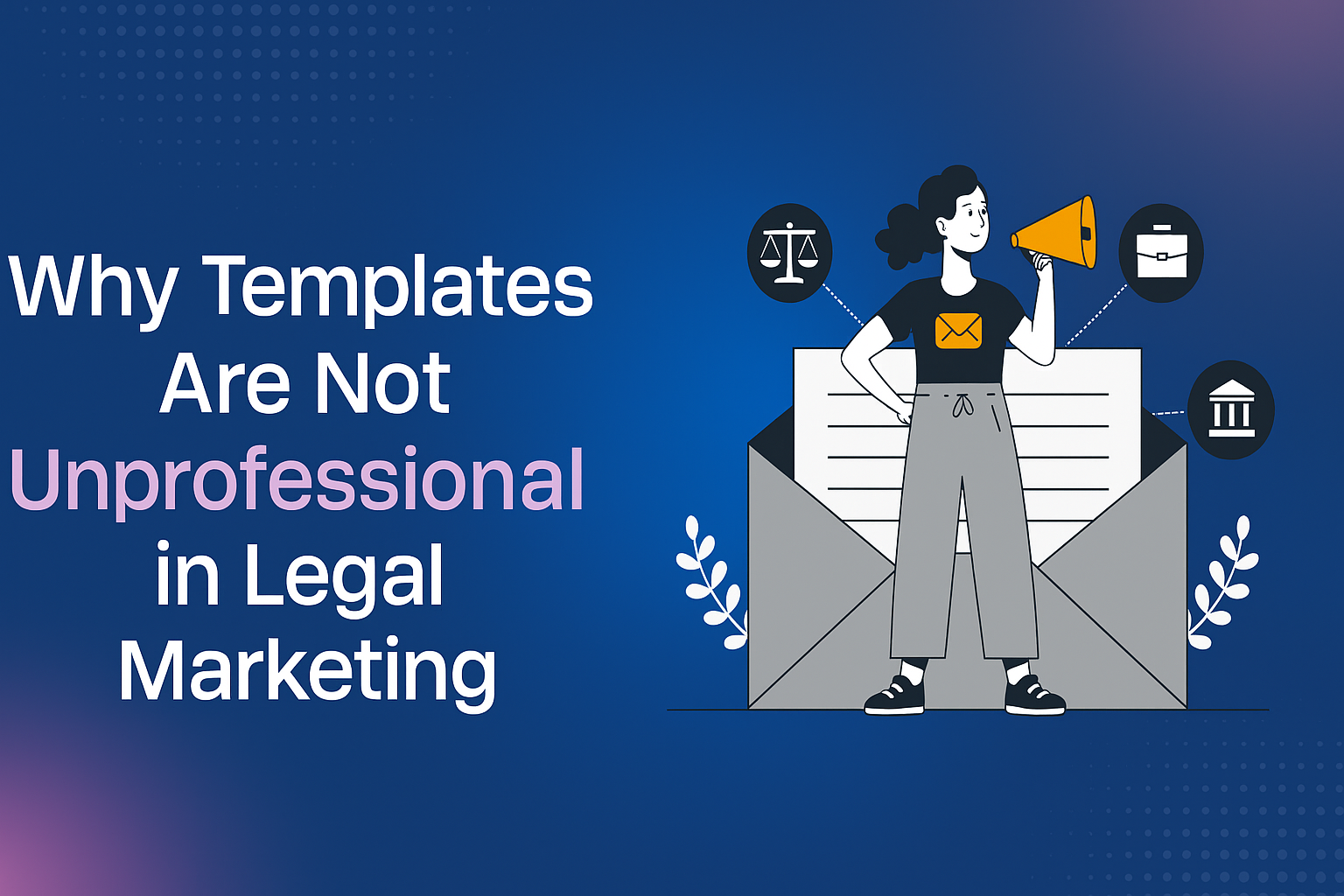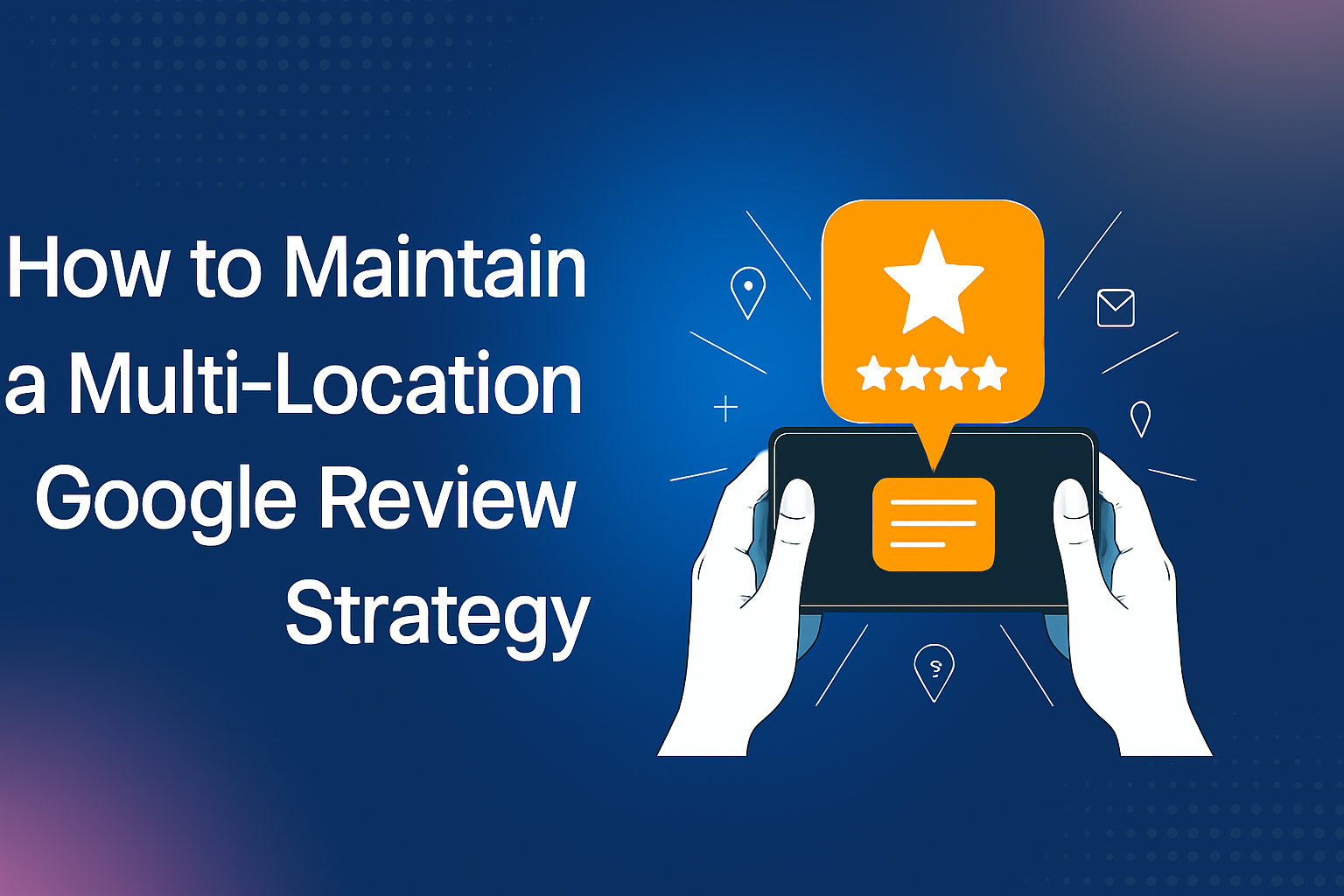The vibrant world of paid advertising is where businesses wield a powerful tool for amplifying their messages. Picture this: your favorite apps and websites dishing out ads tailored just for you— that’s the magic of paid advertising! It’s not just about ads; it’s about reaching the right people at the right time. Understanding the significance of diverse ad types, their functionalities, and the art of crafting impactful campaigns within budgetary boundaries isn’t just crucial – it’s a game-changer for businesses looking to make a big impact. Think of paid ads as your secret sauce, your megaphone to let the world know about your lemonade stand in the bustling digital crowd.
Imagine having a cool lemonade stand, but no one knows about it. That’s where the magic of paid advertising swoops in, acting as your digital megaphone to shout out about your lemonade awesomeness to the world!
Paid ads aren’t just about yelling into the void; they’re about grabbing the right ears, those most likely to appreciate your lemonade stand’s coolness. So, let’s take a journey through the various types of paid ads, their functionalities, and how they work their magic to catch your attention.
Google Ads
Ever searched for something and spotted related ads? That’s Google ads in action! Businesses select keywords and create ads, and when someone searches using those words, boom! The ads appear. Google ads function in different ways:
- Search Ads: Featured prominently in Google’s search results, they connect users directly to services or products they search for via keywords. They are usually at the top of the first page of your search results.
- Display Ads: Those banners and videos that appear on various websites and apps you’re on? They aim to captivate the audience through visual storytelling while fostering brand awareness.
- Video Ads: Embracing the immersive world of videos, these ads on YouTube and affiliated sites engage users with compelling narratives.
- Shopping Ads: Catering to e-commerce, these image-centric ads showcase products and direct users to make informed purchasing decisions.
Some other elements of setting up Google ads are:
- Campaign creation: Setting campaign goals to drive traffic, generate leads, or boost sales lays the campaign’s groundwork.
- Precise targeting: Refining audience targeting based on demographics, interests, and behaviors ensures reaching the right audience.
- Keyword bidding: Bidding on relevant keywords secures ad placement when users search for those terms.
- Ad copy and landing page optimization: Crafting compelling ad copies aligned with search intent and ensuring seamless landing pages optimize the user experience.
Google ads’ multifaceted nature and strategic setup empower businesses to engage audiences effectively, drive conversions, and expand their digital footprint.
Facebook Ads
You’ve probably seen these on Facebook and Instagram. They’re tailored to your interests, so they show up for people who might love them. Facebook ads, a cornerstone of digital advertising, provide a diverse array of formats enabling outreach to specific demographics across various social platforms. Its functionality extends beyond traditional ad formats, connecting you with audiences most likely to engage with your brand.
- Functionality: Facebook ads encompass an extensive range of formats, including image ads, video ads, carousel ads, slideshow ads, and more. These versatile formats allow businesses to craft visually captivating campaigns that resonate with their target audience on Facebook and Instagram.
- Setup: The success of Facebook ads lies in their meticulous setup. Audience targeting involves precise segmentation based on demographics, interests, behaviors, and even custom audiences. Advertisers can meticulously select the ad format that best suits their campaign objectives, whether it’s driving website visits, promoting app installations, or boosting product sales. Efficient budget allocation ensures optimized spending, allowing for effective reach while maximizing return on investment (ROI). Continuous performance monitoring and analysis using Facebook’s robust analytics tools enable advertisers to refine strategies, optimize campaigns, and ensure they align with predefined goals.
Facebook ads’ functionality combined with strategic setup empowers businesses to not only enhance visibility but also foster meaningful engagement with their target audience, driving desired actions and fostering brand loyalty in the digital realm.

Instagram Ads
Seamlessly blending into your Instagram feed, these ads feature captivating visuals or videos catered to your vibe, which is why Instagram stands out as a visual powerhouse. Integrated seamlessly within the Facebook Ads Manager, Instagram ads harness the platform’s inherent visual allure to captivate audiences and drive impactful engagement.
- Functionality: Instagram ads leverage the platform’s visually immersive nature, harnessing the power of captivating images and videos. These successful advertising campaigns seamlessly blend into users’ feeds, stories and explore pages, offering businesses a captivating canvas to showcase their products or services. The appeal lies in their ability to resonate with users through compelling visuals, making the advertising experience more engaging and less intrusive.
- Setup: Crafting an effective Instagram Ad involves meticulous content creation. Businesses focus on crafting visually appealing and engaging content that resonates with their target audience. Leveraging the ephemeral nature of Stories and collaborating with influencers can significantly amplify reach and engagement. The strategic use of stories allows for a more immersive and authentic brand experience. At the same time, influencer collaborations facilitate access to wider and potentially untapped audience segments (the word-of-mouth equity concept!).
Instagram ads capitalize on the platform’s visual prowess and diverse content formats to create an immersive advertising experience that resonates deeply with audiences, fostering higher engagement and brand affinity.
PPC (Pay-Per-Click) Ads
Businesses pay when someone clicks on their ad. These ads appear when you search, and when you click, they pay a bit for your interest. PPC (Pay-Per-Click) advertising is a dynamic paid advertising model prevalent in the digital marketing world, particularly common within search engine advertisements. It operates on the principle that advertisers pay a fee each time their ad is clicked, serving as a direct and trackable method to drive traffic to websites.
The functionality of PPC advertising hinges on its payment-per-click model. When users input search queries matching designated keywords, relevant ads appear atop or alongside search engine results. Advertisers only incur charges when users actively click on their ads, directing them to the advertised website or landing page.
The setup process for a successful PPC campaign involves meticulous planning and execution:
- Keyword research: In-depth analysis and selection of keywords relevant to the business, ensuring alignment with user search intent.
- Ad group creation: Structuring ads into specific ad groups based on thematic relevance and targeted keywords for enhanced campaign effectiveness.
- Copywriting: Crafting compelling ad copy that resonates with the audience, conveying value propositions, and encouraging clicks.
- Ongoing performance analysis: Continuous monitoring of campaign performance metrics, including click-through rates, conversions, and return on investment. This analysis informs strategic adjustments to maximize campaign success.
PPC advertising allows businesses to strategically position themselves within search engine results, driving targeted traffic while offering measurable insights to refine marketing strategies and achieve specific campaign objectives.
SEM (Search Engine Marketing)
Boosting visibility on Google by blending search words with ads to grab more attention, Search Engine Marketing (SEM) is a potent paid strategy aimed at elevating your visibility in search engine results. This multifaceted approach entails a blend of tactics to bolster your online presence.
- Functionality: SEM is a paid initiative strategically designed to heighten your visibility when users search for specific keywords or phrases. By investing in SEM, businesses can secure a prominent position on search engine result pages (SERPs), ensuring their offerings capture the attention of potential customers actively seeking related products or services.
- Setup: Implementing an effective SEM strategy involves a meticulous setup process. This includes integrating Search Engine Optimization (SEO) tactics to optimize website content, incorporating relevant keywords, and fine-tuning landing pages to align with user queries. Furthermore, adept usage of ad extensions, such as site links or callouts, enhances the visibility and relevance of your ads.
Continuous monitoring and analysis form the backbone of a successful SEM endeavor. Regularly assessing performance metrics, tweaking keywords, refining ad content, and adjusting bidding strategies ensure ongoing optimization and improved results. This proactive approach allows businesses to adapt swiftly to evolving market trends, maximizing the impact of their SEM campaigns and driving sustained growth.
SEM, with its comprehensive functionalities and structured setup, remains a pivotal type of paid advertising tool in securing a visible and competitive position in the digital world.
Mobile Ads
Specifically crafted for mobiles and apps, Mobile ads offer a cool and user-friendly experience on your phone! Mobile advertising represents a pivotal strategy tailored explicitly for mobile devices and applications, tapping into the immense potential of this platform. Its functionality revolves around crafting ads optimized for the unique mobile user experience.
In its setup, targeting specific devices becomes crucial to reach the intended audience effectively. This includes meticulous device targeting, ensuring your ads are showcased on devices most frequently used by your target demographic. Moreover, mobile-friendly optimization plays a pivotal role in ensuring that the ad content seamlessly fits various screen sizes and formats, providing a smooth and visually appealing experience.
Platform utilization stands as another key facet, emphasizing the strategic use of different platforms catering to mobile users. This involves choosing the right channels and placements within mobile apps or websites, where your target audience is most active. Leveraging the diverse array of platforms available ensures maximum exposure and engagement.
By combining meticulous device targeting, seamless mobile-friendly optimization, and strategic platform utilization, mobile advertising becomes a robust tool to engage with audiences on their preferred devices and capture their attention in an increasingly mobile-centric digital landscape.
Want to create compelling ads without draining your wallet? Dive into this playbook for crafting impactful ad campaigns that resonate without breaking the bank!
- Clear objectives and metrics are the pillars of successful ad campaigns. Define your goals and the parameters for measuring success. Are you aiming for increased sales, brand awareness, or website traffic? Make those objectives crystal clear from the start.
- Knowing your audience is crucial. Deep dive into who might be interested in your offerings and tailor your ads specifically for them. Granular targeting ensures your message reaches the right people at the right time.
- Keep your ad content fresh by experimenting with various creatives, headlines, and calls-to-action (CTAs). Conduct A/B tests to understand what resonates best with your audience. This iterative process helps refine your ads for optimal performance.
- Begin cautiously with your budget, testing different strategies and monitoring their performance closely. Scale up gradually based on insights gained from the initial phases. Smart budget allocation is key to achieving more with less.
- Monitor your campaigns regularly and fine-tune your strategies. Tweak bidding tactics, refine keywords, and optimize ad content to keep improving and sustaining your campaign’s success.
Creating effective paid advertising on a budget isn’t just about spending less; it’s about spending smarter. These strategies will help you maximize your ad campaign’s impact without overspending.
Paid advertising propels businesses into the spotlight of the digital arena. It’s akin to a superpower, fueling excitement for your offerings and acting as a megaphone to resonate your message across the digital landscape. Understanding the diverse forms, adeptly utilizing strategies, and skillfully managing budgets form the bedrock for leveraging this dynamic realm. By harnessing its potential, businesses can not only connect with their tribe but also amplify their reach, crafting impactful narratives that echo loudly and make their ads shine brighter in the crowded digital sphere.









